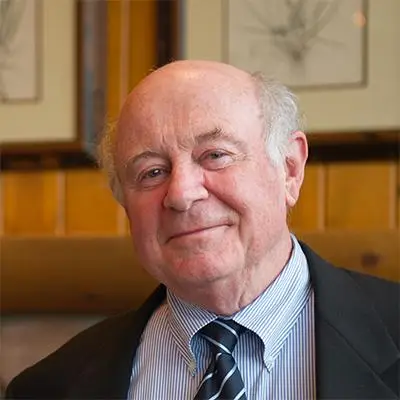More and more cities are trying community schools, which wrap health, dental, therapeutic, and family support services around existing schools to try to mitigate the effects of poverty and thereby improve students’ learning and life prospects. This idea is not new; its modern incarnation started in Cincinnati in the early 2000s and has now spread to New York City and Philadelphia.
Children in poor areas often come to school burdened by financial insecurity, hunger, inadequate health care, family instability, and neighborhood violence. Government, charities, and other institutions need to help parents protect their children from the ravages of poverty. Schools can both contribute to such efforts and benefit from them, to the degree that children come to class healthier, calmer, well fed, and ready to learn.
But it’s vital to avoid making community schools an either-or proposition: either we address poverty and its ramifications or we work on school quality. Serious reformers, including people on either side of the choice-and-charter-schools divide, think it’s necessary to work on both. Ample evidence indicates that good schools can make a big difference in the lives of impoverished students, through college and into the world of work, and that low attendance and recurrent health problems can make students fail in school.
Anyone who visits Oyler School, the great community schools exemplar in Cincinnati, is sure to be moved and impressed. Those who arrange, provide, and fund wrap-around services there (including local hospitals, mental health and vision clinics, and big businesses) are making huge investments to provide children and families desperately needed help.
These supports clearly benefit children. But cities’ community schools initiatives might not accomplish all their supporters hope for. No matter how much they improve neighborhood conditions and families’ health and security, wrap-around services alone won’t improve students’ school outcomes. If we want community schools to put students on a path out of poverty, we must ensure that wrap-around services are coupled with an equally strong academic program.
Unless schools challenge students and push teachers, they don’t get better results. Look at the careful studies of the Harlem Children’s Zone in New York City (which includes robust family, social service, and health programs); they have shown students’ learning growth is a result of improvements in the schools as educational institutions. Here are five reasons why cities’ wrap-around services need to be part of a broader school-improvement strategy:
- The links between even intensive services and student learning are weak and tough to find. In Cincinnati, the strongest link between wrap-around services and outcomes like normal progress in school comes from attendance gains: on-site health services mean a parent or guardian no longer needs to take children out of school to wait all day to be seen at an emergency ward. Many initiatives (such as Oyler’s eye and dental clinics) are inspiring, but nobody can say how much these expensive interventions raise student achievement.
- Local elected officials often turn to community schools after concluding that improving the schools is too hard. Even if wrap-around services improve students’ school readiness, leaders will still be left to address the question of how to make the schools more effective for those students.
- An emphasis on social and health services can lead teachers and principals to think that instructional practices and teaching conditions don’t need to change. While health and social services don’t touch the school’s teaching and learning core, it can give people cover to avoid the hard work of managing schools, evaluating instructional staff, seeking and strategically allocating teaching talent, and looking for more effective approaches. Community schools don’t necessarily free up teachers and principals to focus on instruction. And the community school environment can present educators with new challenges, for example, adapting to student absences for visits to service providers and working to connect programs to classroom instruction.
- Community schools are costly and require massive school facilities work. In Cincinnati, the community schools were part of a 10-year, $1 billion district Facilities Master Plan. This included service design and extensive facilities enlargement and redevelopment, all of which could be done thoughtfully in a city with low real estate costs and new money available. But district budget hits will go beyond those up-front costs, with future charges for maintenance, utilities, upgrades, and repairs. All these costs haven’t been weighed against similar cost options like longer school years, more intense instructional enrichment, etc.
- It is easy to get comprehensive services for one or a few model schools, but the best of these services (health, dental, one-on one psychotherapy) are extremely expensive. Despite enormous support from Cincinnati hospitals and businesses, only Oyler has the full menu of services. Other cities, even much bigger ones like New York City and Philadelphia, might be able to offer a suite of rich services in tens of schools. But can they do the same for the hundreds of local schools with big populations of disadvantaged students?
City and district leaders should welcome community institutions that will improve children’s access to health and social services. Cincinnati has shown how much can become available and how good it can be. A city’s youth development strategy should certainly include services enrichment, targeting schools with the greatest needs (and forthcoming donations). But a community schools initiative is not enough to compensate for instructionally weak or divided schools. It doesn’t eliminate the need to search for better instructional models, encourage strong new school leaders and providers, and give families real educational options.




